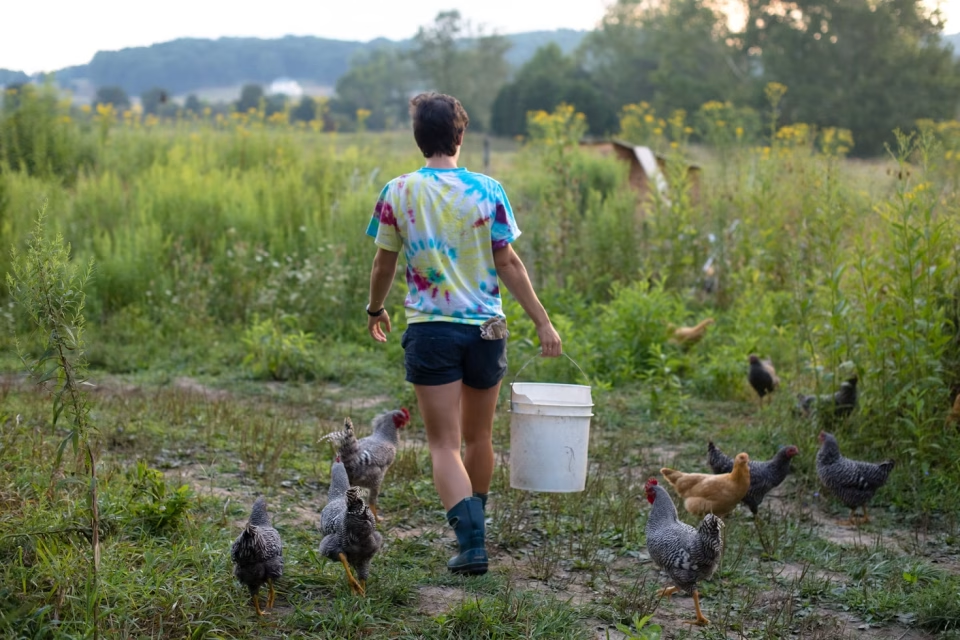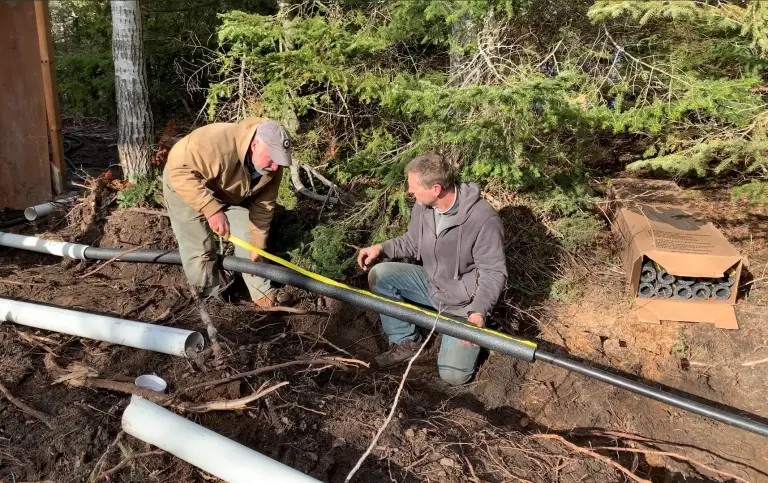
Homesteading is sprouting like wildflowers after a drought. What was once considered to be old-fashioned is making a comeback. Many are leaving the priciest cities to settle in rustic areas.
Their desires may be rooted in the soil of modern longing for simplicity and self-reliance. With such a massive shift comes unique challenges, mainly of running a homestead efficiently. That’s where the importance of a homesteading community comes in.
It is defined as a group of people or families who practice a lifestyle focused on rural sustainability and self-sufficiency. The good news is that many such communities run conferences and workshops for others to join, explore, and learn.
Are you making travel plans to a homesteading community soon? Then, keep in mind some important things. This article will discuss three of them for a safe and enjoyable journey full of unique learning opportunities.
Research the Community and Plan Your Route
Generally, a homesteading community will be located in rural or semi-rural areas. This means you must research a community beforehand for practical reasons. Let’s look at some of them –
- It will help you understand whether a community’s goals and values align with yours. You will be a lot more comfortable with their approach to homesteading.
- Another important reason to research is to learn specific skills. Keep in mind that not every community conducts workshops for all kinds of homesteading skills.
- You will be able to understand the community’s social norms and dynamics in advance. This makes it easier to support the community’s growth and sustainability goals.
- Research makes you aware of the community’s location, climate, and road conditions. You can know which environmental factors may impact your travel experience.
Once you have researched your community thoroughly, consider making adjustments accordingly. A major example would be the vehicle you drive. You need to use one that is suitable for rough terrain and gravel paths.
This is particularly true for those traveling outside Canada, perhaps to the States. That’s not a bad prospect because US states like Arkansas have a vibrant homesteading community. This state is ideal for sustainable living due to mild winters, fertile soil, and plenty of water for irrigation.
However, its rural roads are largely in bad shape. So, choosing the right vehicle is crucial.
Prioritize Safety
When you’re covering long distances to explore a homesteading community, safety becomes paramount. There can be various aspects to this, but the most straightforward one would be road safety.
As mentioned previously, the roads leading to homesteading communities can be dicey and difficult to navigate. As a result, the risk of a major road accident lurks, and such mishaps may have devastating consequences.
Let’s say you’re a homesteader and you decided to drive from Canada to Arkansas with a desire to explore a few promising homesteading communities. For instance, Fayetteville has the Apple Seeds Teaching Farm with workshops on orchards, along with Tri Cycle Farms that practice sustainable farming.
Nearby, Springdale offers Farmland Adventures, focused on corn farming, as well as the 80 Acre Farms that specialize in vertical farming techniques. While the highways and roads moving within the two cities are smooth, the same cannot be said of the rural areas where the communities are located.
If a visitor gets into an accident, they may suffer physical injuries and property damage. Depending on the location, a Springdale or Fayetteville car accident lawyer would have to intervene for fair compensation of the damages. This is sometimes a long-drawn process.
Keith Law Group shares that though the at-fault driver is generally held responsible, their insurance company may not easily negotiate. An exciting trip to learn more about the homesteading lifestyle would quickly turn into a nightmare.
Be the one who prioritizes safety above anything by ensuring the following –
- Pre-check your vehicle to see if it’s ready for a long journey. Carry along a spare tire, extra fuel, and a basic toolkit.
- Drive with extra care on unpaved and unfamiliar roads. Watch your speed limit and do not be in a hurry.
- If the weather is too bad, slow down further and avoid sudden maneuvers. Stay within your lane and pull over if required.
- Download offline maps to stay on the right roads. Use a GPS for real-time directions.
- Share your itinerary with trusted friends and family members. Arrange regular check-ins with them.
Pack for Self-Sufficiency
You don’t know the needs that may suddenly arise while you’re on the road. It’s important to be self-sufficient, so carry all the essentials. Packing for self-sufficiency often means striking a balance between staying practical and respecting the community’s way of life.
In general, you will need to carry appropriate clothing, personal hygiene supplies, food and water, useful gear or tools, and essentials for sleeping. These broad categories may vary depending on how rustic your homesteading community’s location is.
Here’s a breakdown of individual items that may go under each category –
- Durable work clothes, such as sturdy shirts, jeans, etc.
- Work gloves and waterproof boots
- Weather-specific layers like a warm jacket or a sun hat
- An extra pair of socks and comfortable evening clothes
- Biodegradable soap and toiletries
- A first-aid kit having pain relievers, band-aids, allergy meds, and more
- Towels and washcloths
- Pocket knife, flashlight, and a notebook with pen for journaling
- Non-perishable nutrient-dense food in the form of granola, dried fruits, or oats
- A small camp stove and fuel if allowed
- Reusable utensils
- A tent or a weather-appropriate sleeping bag
- Mosquito netting
Additionally, you can bring along supplies that help fill your leisure time. Examples include art supplies or a good book to read and share. As a courteous gesture, carry a small gift like jars of homemade jam or a pack of seeds.
One of the most pressing challenges for Canadian homesteaders is the harsh climate. 2024 broke all records in terms of such disasters, affecting millions of lives. We saw it all, from floods and hail to wildfires and extreme temperatures.
Besides weather, inexperience and a lack of a strong community are contributing factors to unhappy homesteaders. Thankfully, such issues are fixable, but you need to look for a relevant community.
It may not always be close to home, but it will offer you the knowledge and skills required to rectify your homesteading problems. If you’re planning to travel in search of a homesteading community, keep the tips we shared in mind.












